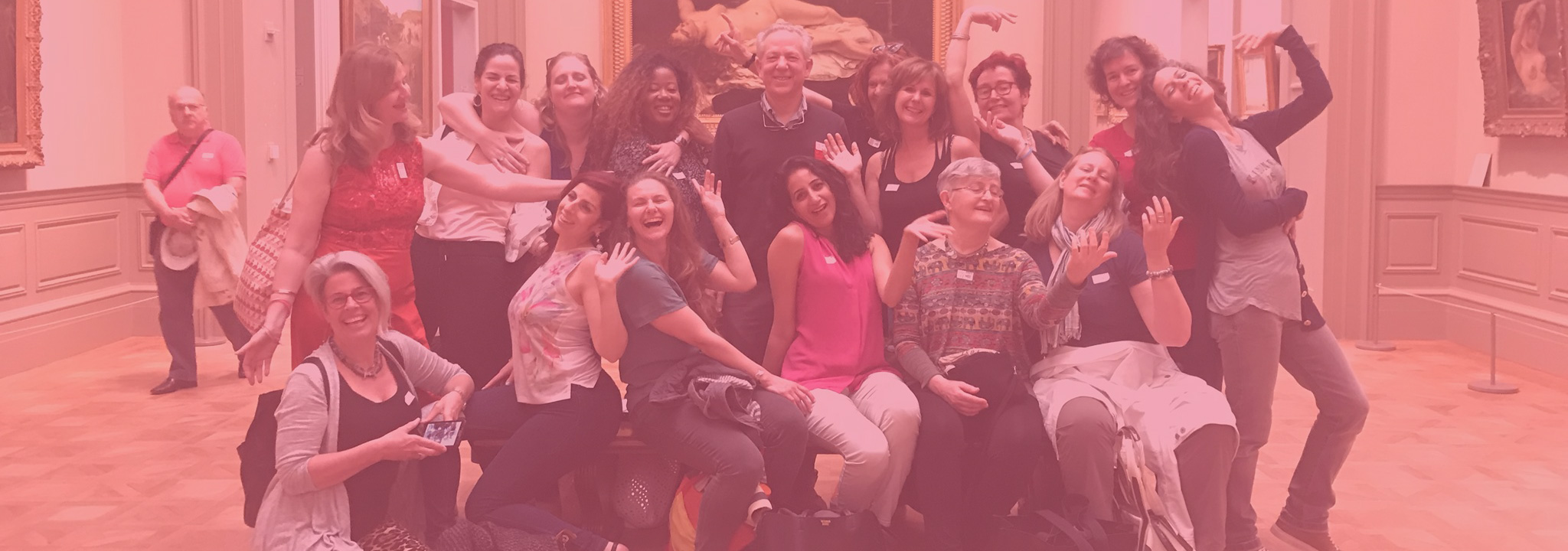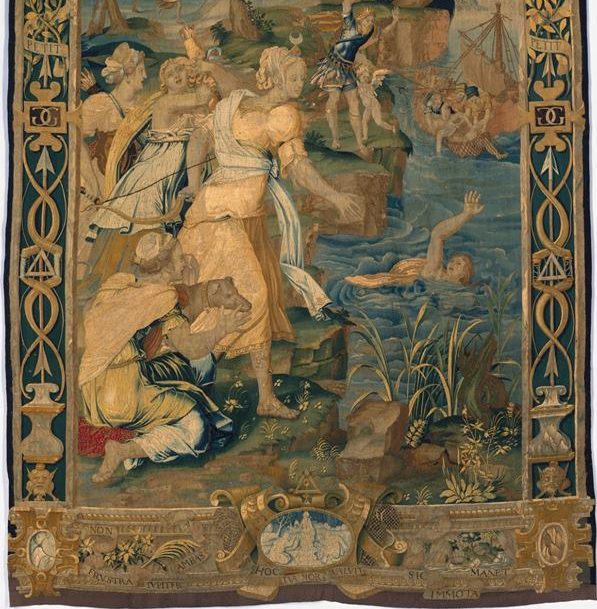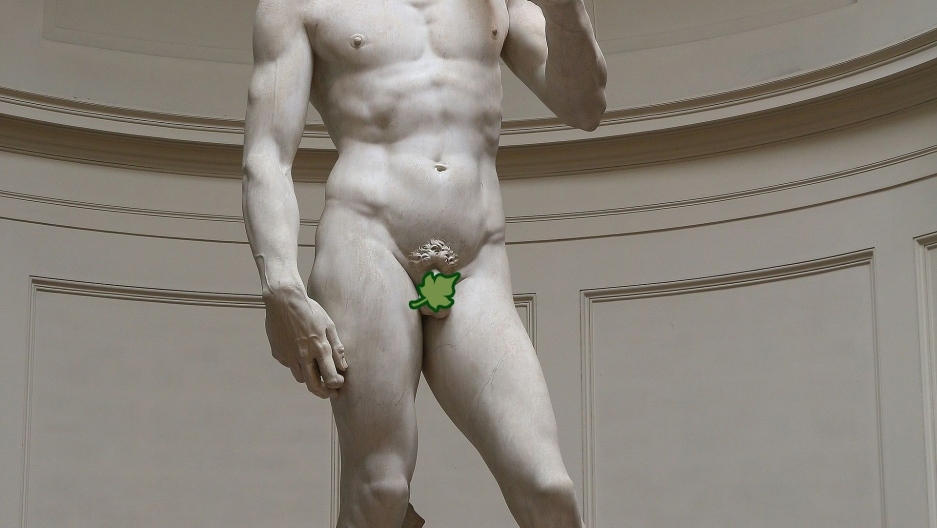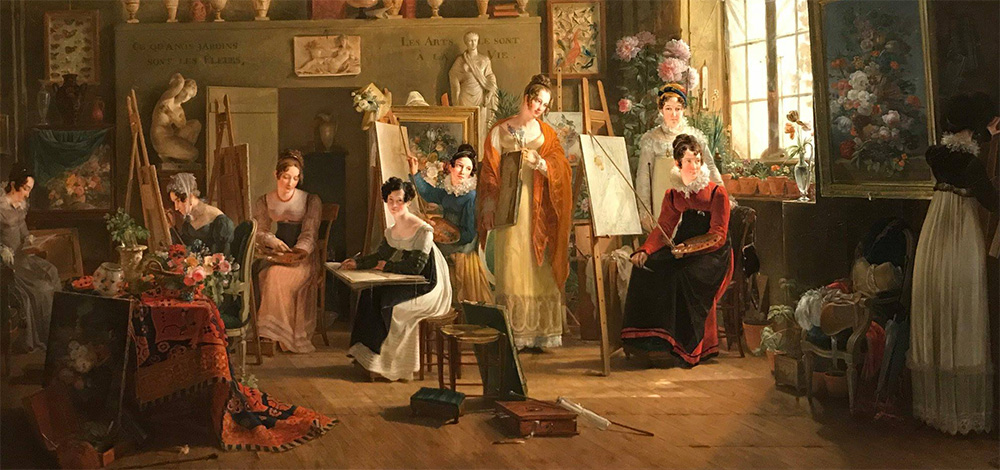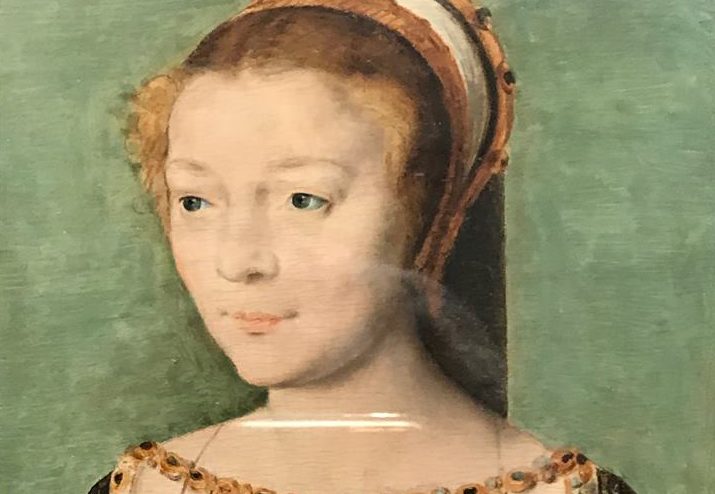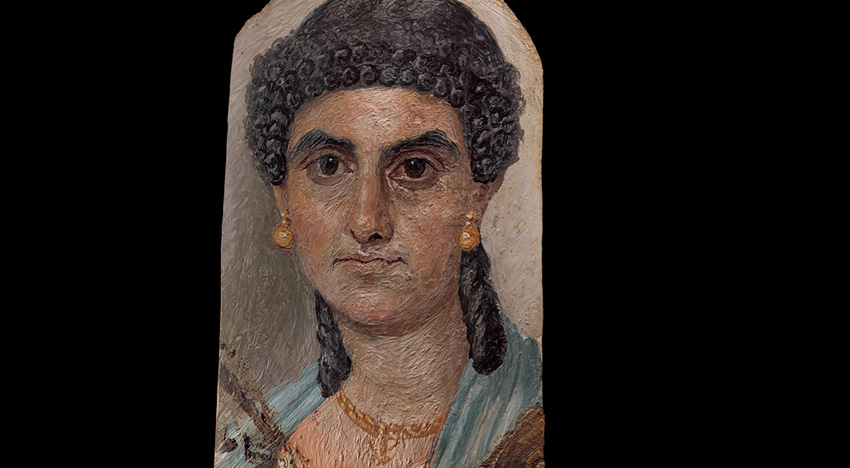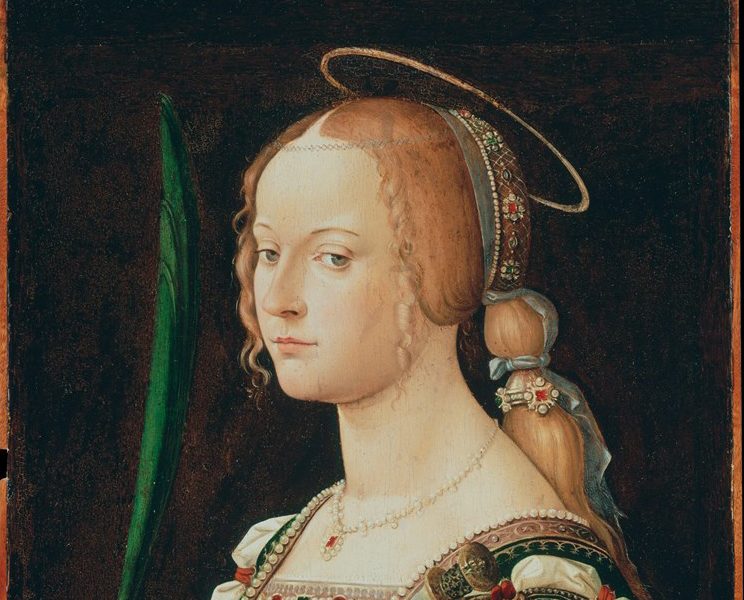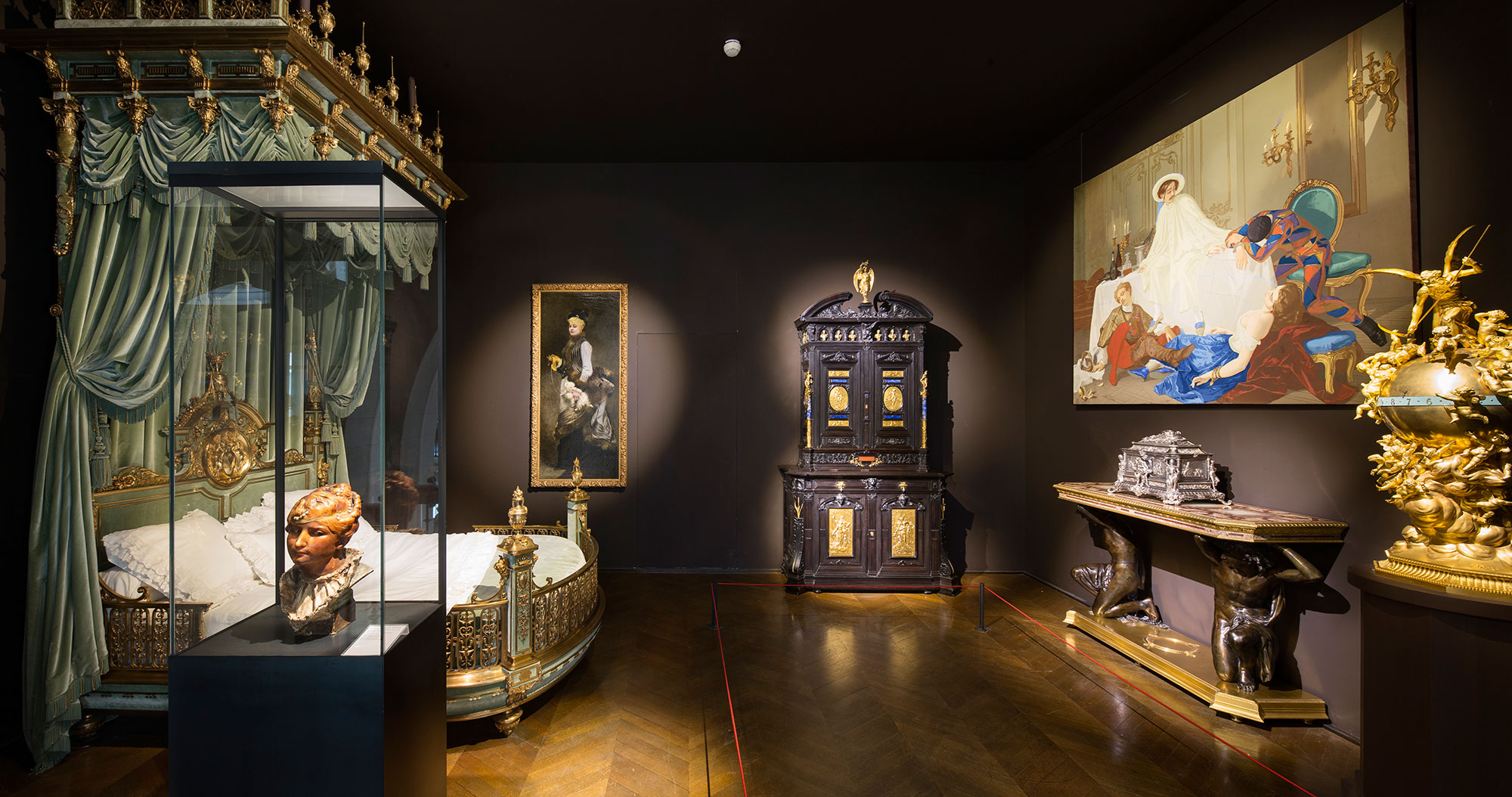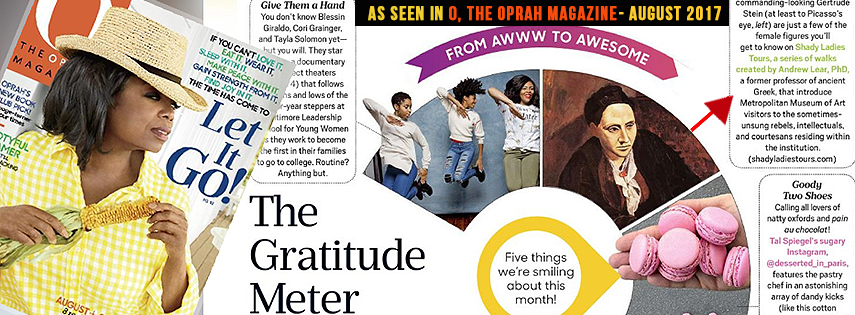One of my favorite things to do in Paris—really—is explore the cemeteries. The most famous one is Père Lachaise, where a host of celebs are buried, including most famously
Oscar Wilde and Jim Morrison. But it is also a great place for learning about the great courtesans of the Belle Epoque. As an example, Chopin is buried there, the lover of George Sand—a scandalous lady if ever there was one—and so is Colette, in whose novels, such as
Gigi and
Chéri, courtesans are a major theme. But the great cemetery for Paris courtesans is really Montmartre, which is also a lovely place to take a shady, quiet walk in central Paris—right around the corner from the Moulin Rouge —so we take our
Shady Ladies Tours Courtesans of Paris tour there, as you can see in the feature photo.



